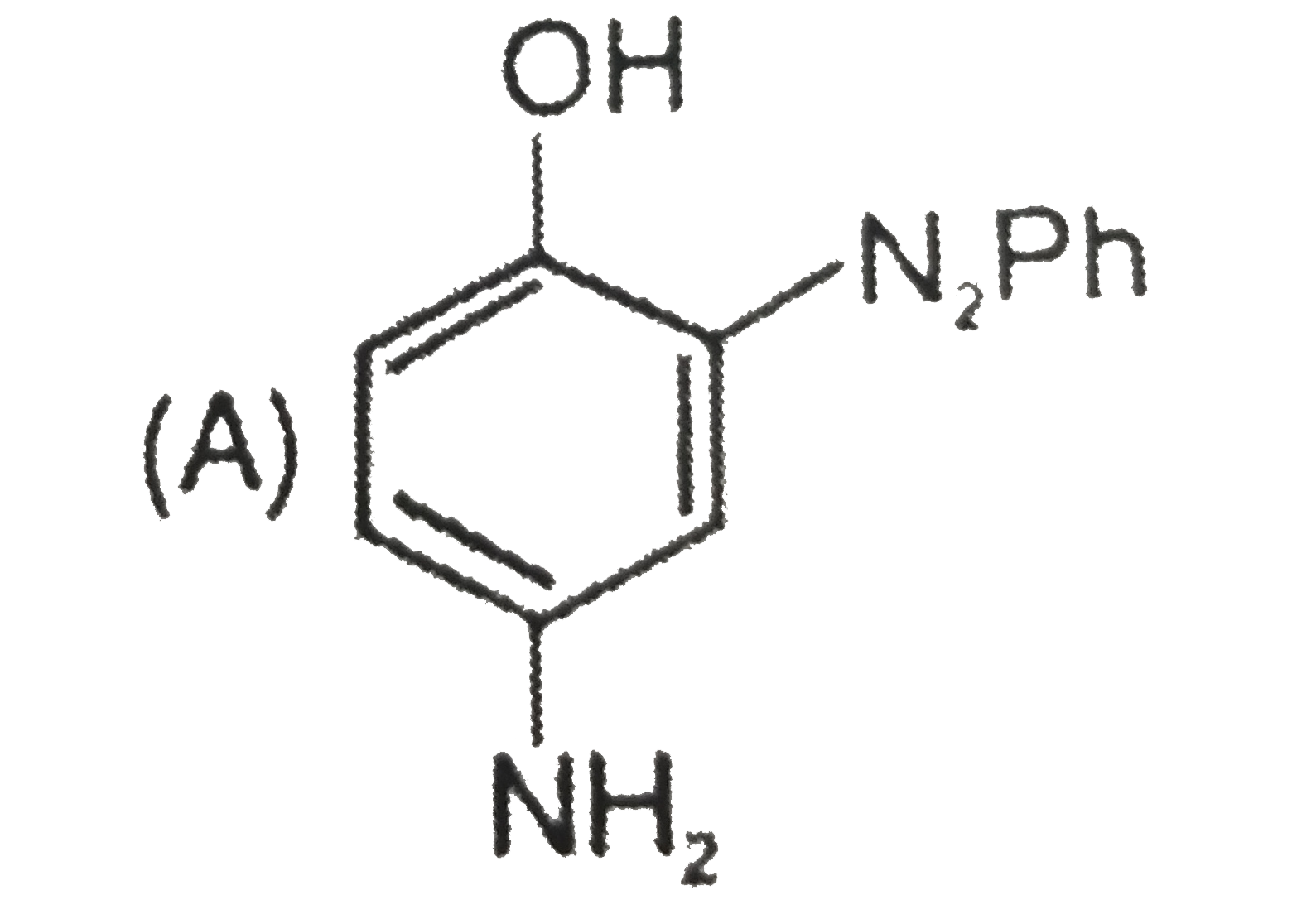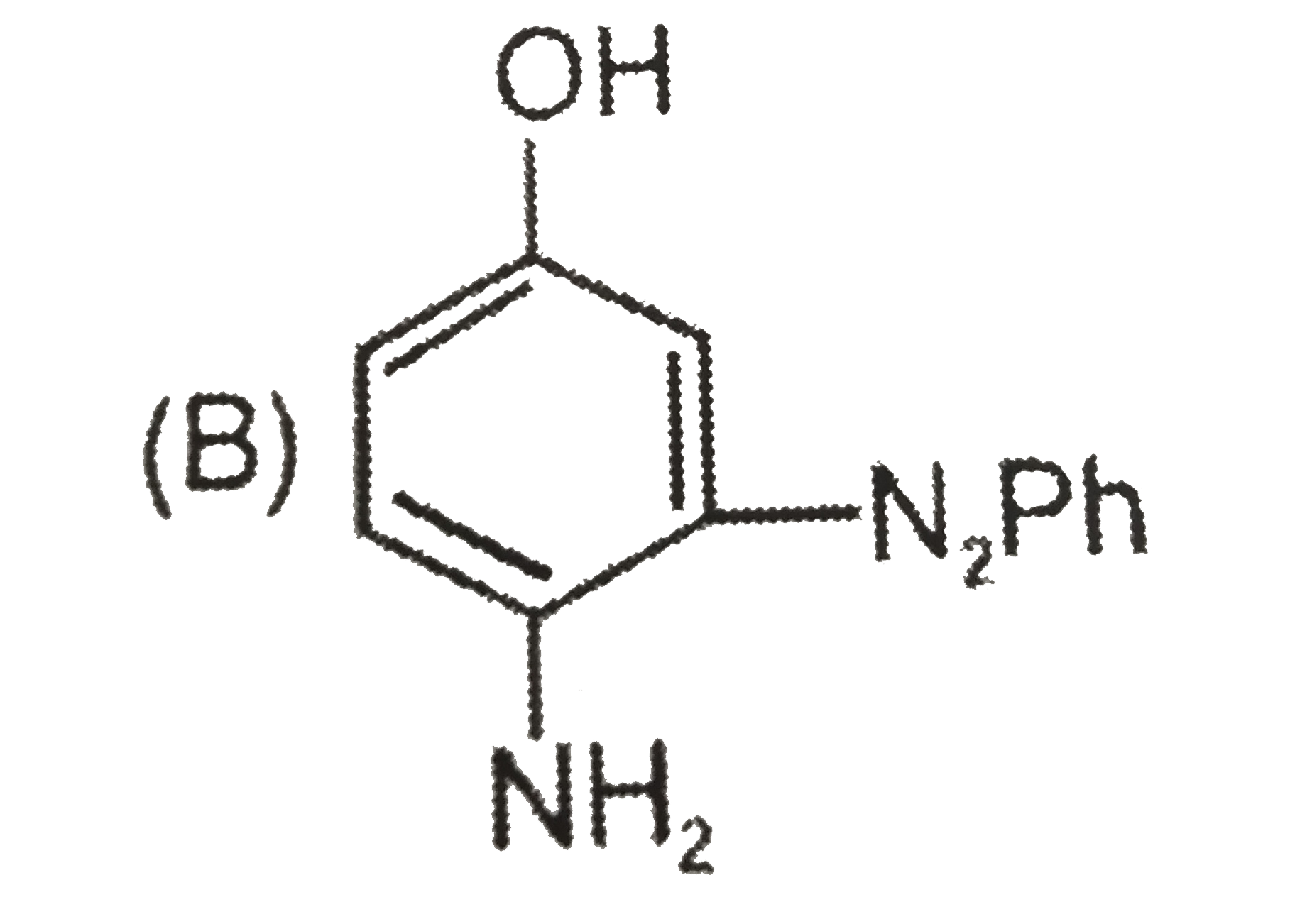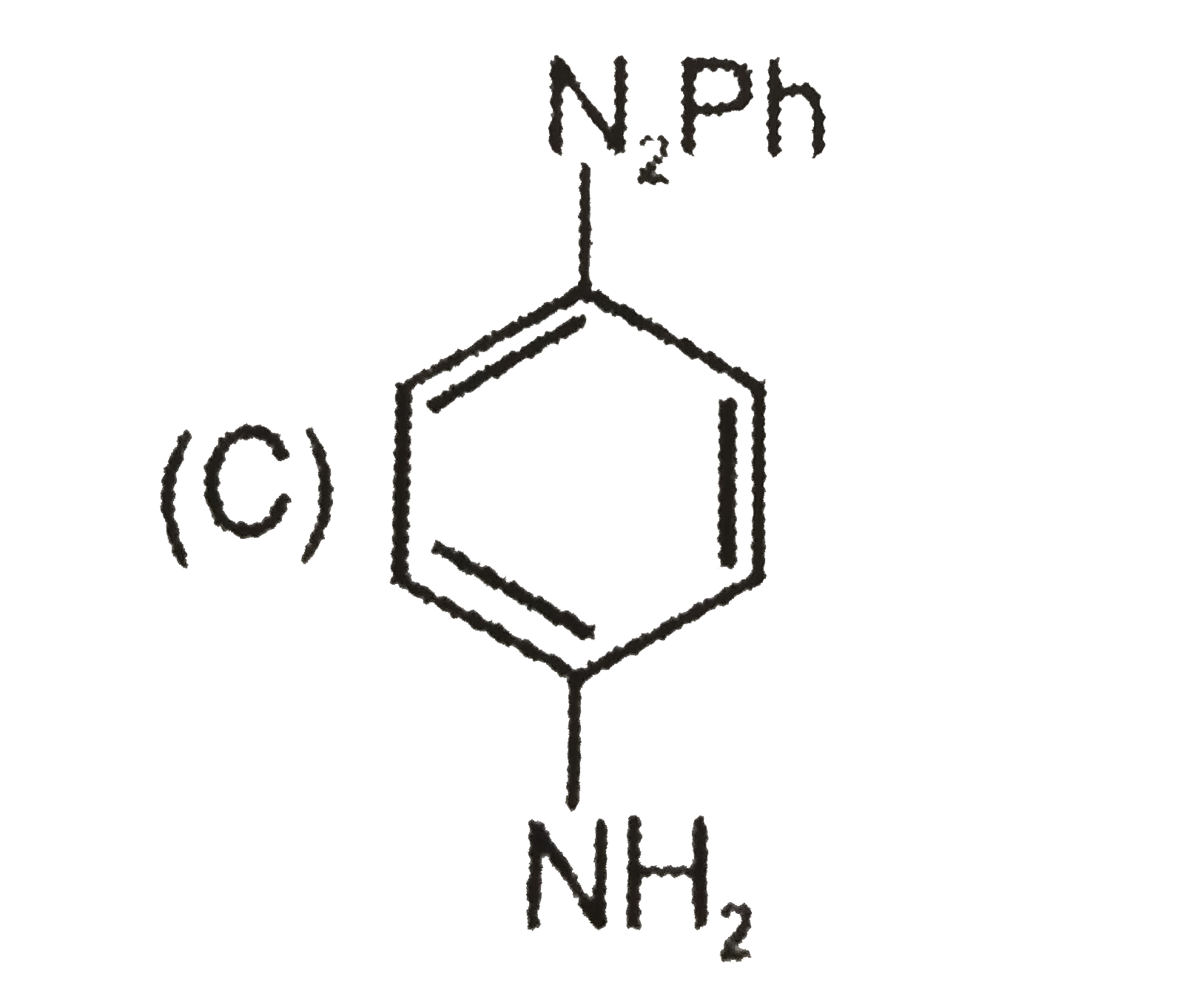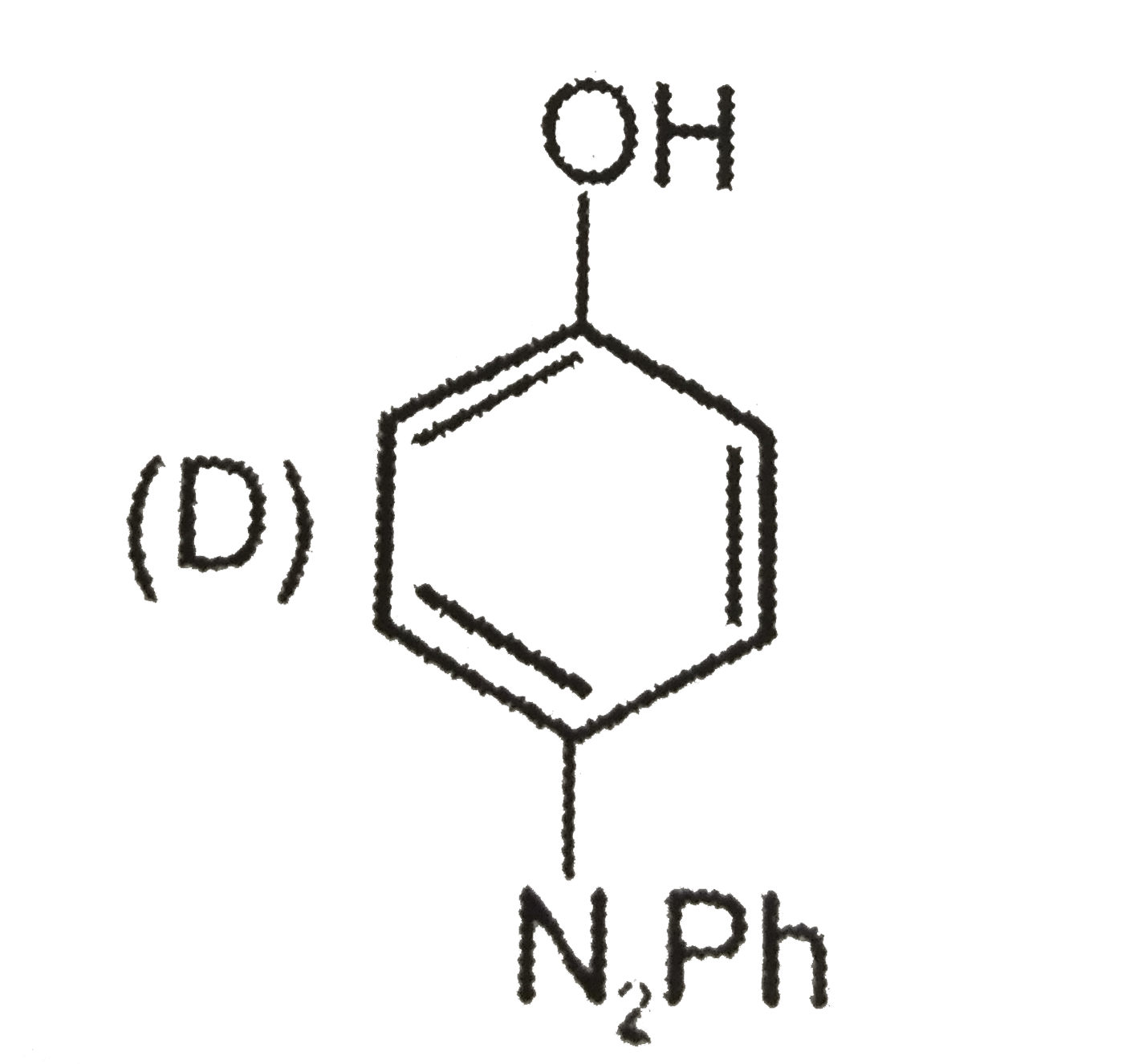
X will be :




The correct Answer is:A
Step by step video & image solution for X will be : by Chemistry experts to help you in doubts & scoring excellent marks in Class 12 exams.
Updated on:21/07/2023Topper's Solved these Questions
- AROMATIC COMPOUNDSBOOK - RESONANCE ENGLISHCHAPTER - AROMATIC COMPOUNDSEXERCISE - Part - III Match the column
3 Videos
- AROMATIC COMPOUNDSBOOK - RESONANCE ENGLISHCHAPTER - AROMATIC COMPOUNDSEXERCISE - Exercise -2 (Part-I Only one option correct type)
12 Videos
- AROMATIC COMPOUNDSBOOK - RESONANCE ENGLISHCHAPTER - AROMATIC COMPOUNDSEXERCISE - Part - III Practice Test-22
1 Videos
- ALKYL HALIDE, ALCOHOL, PHENOL, ETHERBOOK - RESONANCE ENGLISHCHAPTER - ALKYL HALIDE, ALCOHOL, PHENOL, ETHEREXERCISE - ORGANIC CHEMISTRY(Alkyl Halide, Alcohol,Phenol,Ether)
56 Videos
- BASIC CONCEPTSBOOK - RESONANCE ENGLISHCHAPTER - BASIC CONCEPTSEXERCISE - ORGANIC CHEMISTRY(BASIC CONCEPTS)
27 Videos
Similar Questions
A color blind male (XY) marries a carrier female (XX) possible genotype of daughters will be
(a) X X only
(b) X X only
(c) X X and X X
(d) X X and X X
View SolutionThe value of x for which the matrix ∣∣ ∣∣−xx22x−xx−2−x∣∣ ∣∣ will be non-singular, are
View SolutionIf X ˉ is the mean of the ten natural numbers x 1 ,x 2 ,x 3 ,...,x 10 , show that (x 1 − X ˉ )+(x 2 − X ˉ )+....+(x 10 − X ˉ )=0.
View Solutiona x a x 3 x b x b x 2 x c x c= .............
View Solutionf(x)={|x−a|sin(1x−a), for x≠a, 0 if x=a at x=a
View SolutionLet f(x)=(1−x)2sin2x+x2 for all x ∈ R, and let g(x)=∫(2(t−1)t+1−lnt)f(t)dt for t ∈ [1, x] for all x ∈ (1, ∞).Which of the following is true ?
View SolutionIf f(x) defined by f(x)={∣∣x2−x∣∣x2−|x|,x≠0,1−1. Then (A)f(x) is continuous for all x (B) for all x except x=0 (C) for all x except x=1 (D) for all x except x=0 and x=1
View SolutionIf f(x) defined by f(x)={∣∣x2−x∣∣x2−|x|,x≠0,1−1. Then (A)f(x) is continuous for all x (B) for all x except x=0 (C) for all x except x=1 (D) for all x except x=0 and x=1
View SolutionIf X={x:x∈Nand(x−3)(x−2)=0} Y={x:x∈Nandx<5}then find X∪ Y.
View SolutionLet f(x)=∣∣ ∣ ∣∣cos(x+x2)sin(x+x2)−cos(x+x2)sin(x−x2)cos(x−x2)sin(x−x2)sin2x0sin(2x2)∣∣ ∣ ∣∣ . Find the value of f′(0).
View Solution
